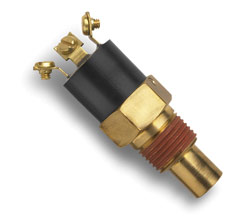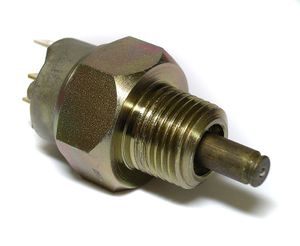Temperature Switches
Temperature Switches are the mechanisms used to measure temperature. The working of a temperature switch is based upon the temperature variations taking place in an enclosed space, or in an open area adjoining the temperature detecting component. In general, the functioning of temperature switches and Pressure Switches are almost same since both the devices get triggered by variations in pressure. In many of the temperature switch designs, the temperature sensing element is positioned in such a way that the rise or drop in temperature results in the increase and decrease of internal pressure of liquid or gas such as in liquid filled temperature switches. This variation in pressure can then be used to actuate a switching mechanism.
Types of temperature switches
Bimetallic strip
It is one of the most commonly used methods to determine temperature. It consists of a thin rectangular strip formed of two diverse metals which are bonded back to back. Both the metals employed in a bimetallic strip experience dissimilar thermal expansion rates. Hence, with the increase in temperature, one metal will expand faster than the other metal. As a result, a bending effect is created on the strip. This bending of the strip can further be employed to activate a switching device.
Benefits
- They are one of the best cost effective solutions for measuring temperature.
- Their small and compact size also favors their use in industries.
Limitations
They are extremely susceptible to shocks and vibrations. Their performance gets affected by ambient temperature changes. They are not considered ideal for distant temperature measurements. Their accuracy is poor. They are not capable enough to handle excessively high temperatures.
Liquid filled temperature switch
It is a liquid filled temperature switch which comprises a brass bulb filled with a chemical fluid . It includes a small tube which hooks up the bulb to a pressure sensing mechanism consisting of bellows, bourdon tube or diaphragm. When temperature inside the bulb increases, it gets hot and causes the liquid or gas inside the bulb to spread out. This expansion of liquid increases the pressure inside the bulb. This rise in pressure results in the activation of the pressure switch connected to the bulb.
Advantages
- They are small in size and less in cost.
- They provide reasonably accurate results.
- They are available in wide temperature ranges.
Limitations
- They are not resistant to shock and vibrations.
- Their results get affected by ambient temperature.
- They respond very slowly.
- There is a possibility of fluid leakage which can result in change of settings.

